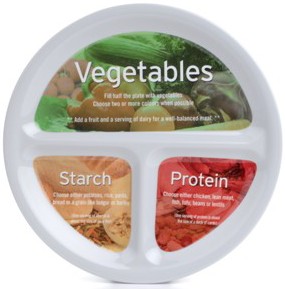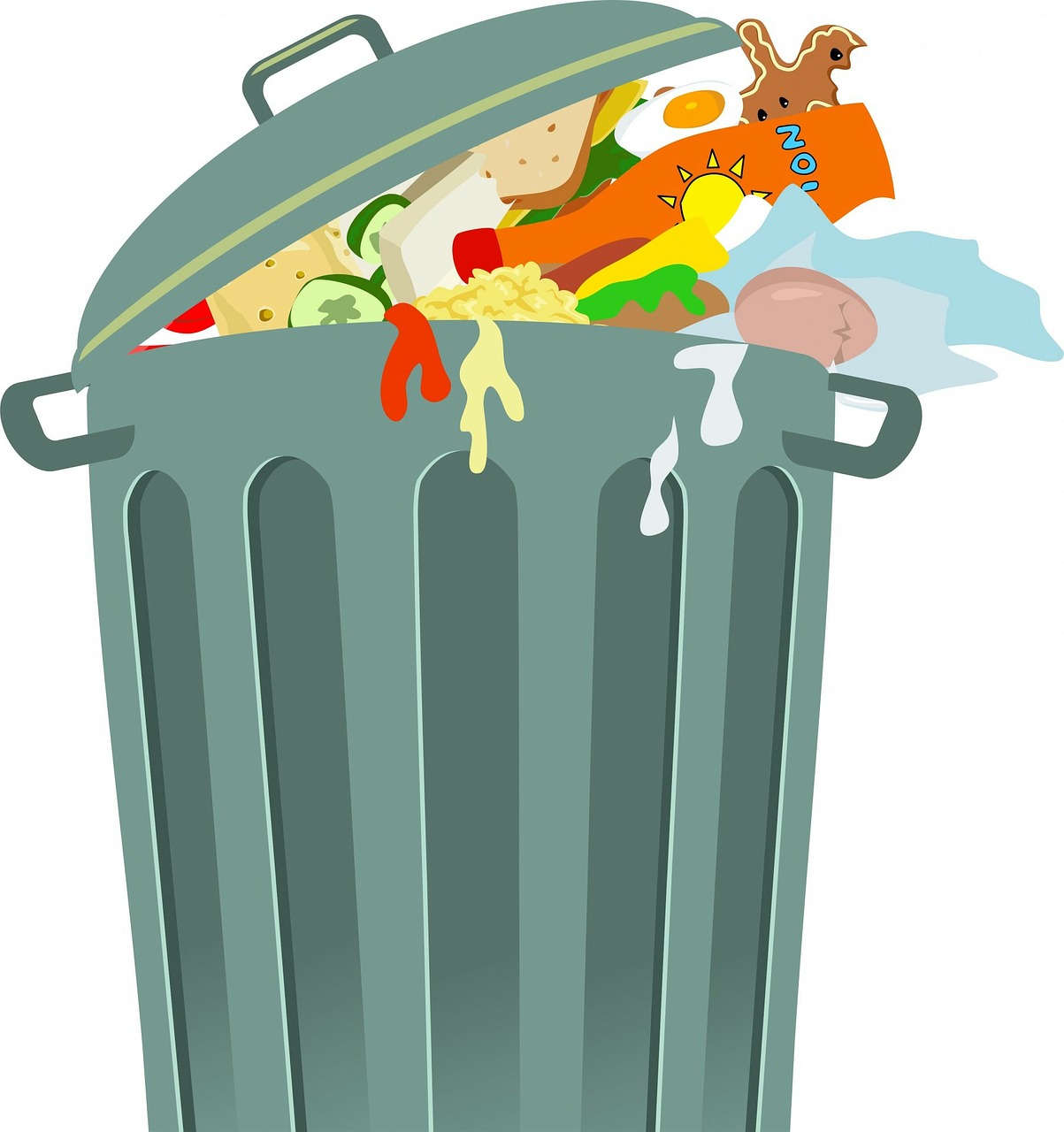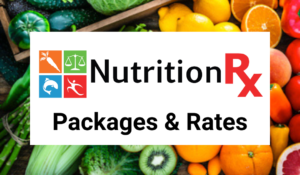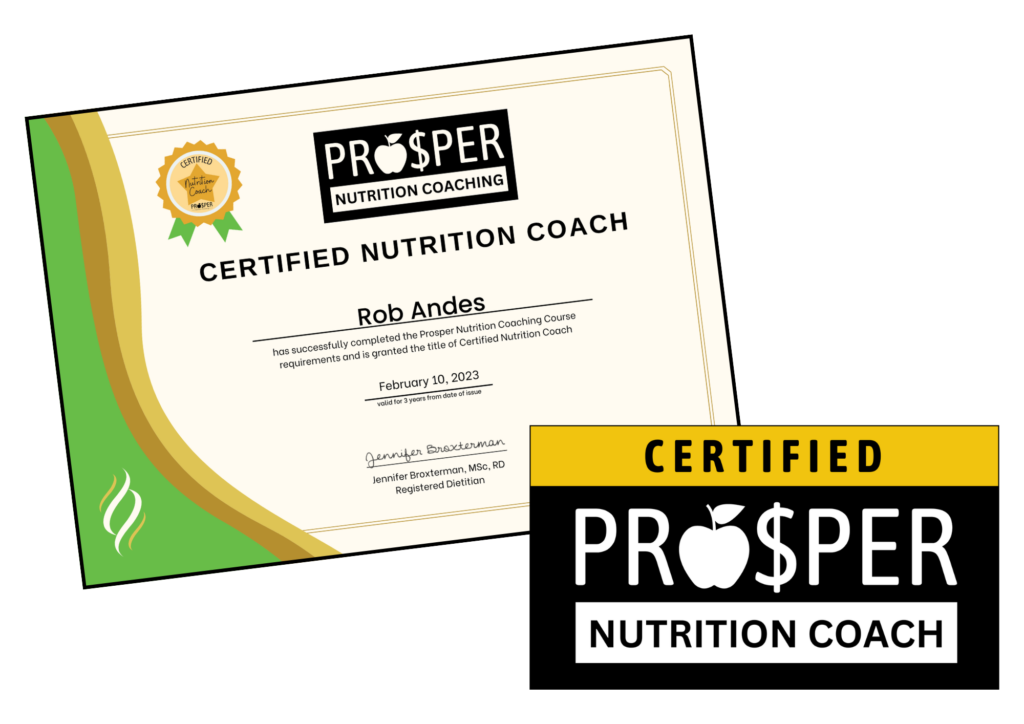

8 Steps to Staying on Track with Healthy Eating over the Holidays
How to not be weird about food around your family and friends, while staying on track with healthy eating.
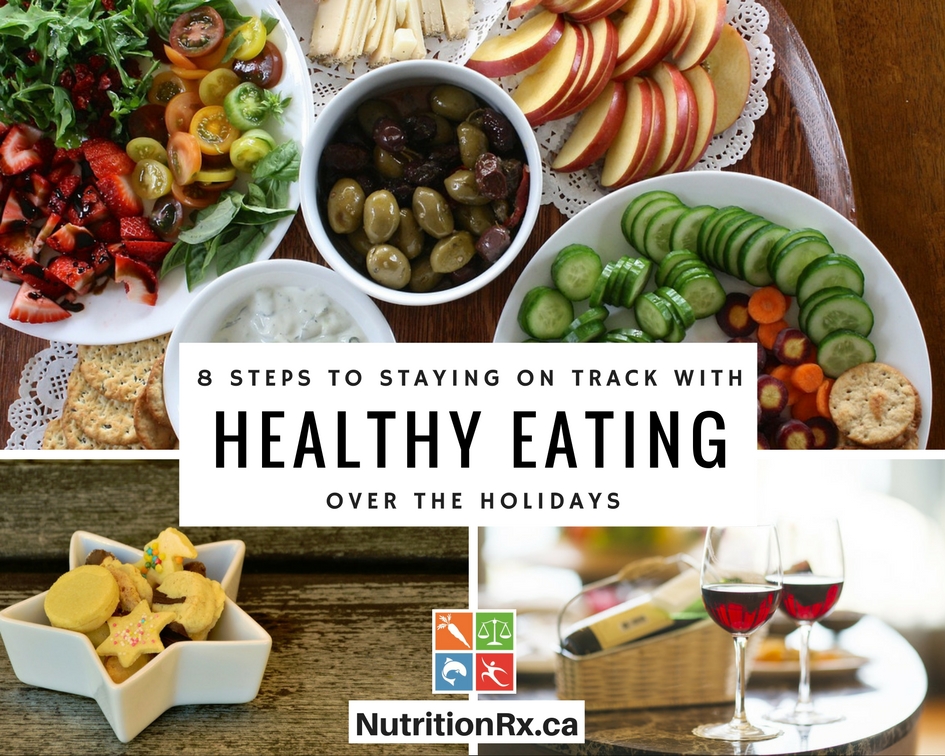
1. Never go to a holiday party excessively hungry.
Eating from a place of excessive hunger is a death sentence for impulsive snacking, over-eating, and lowering the overall quality of your food choices. We’ve all been there, rationalizing that we’re “saving up our calories” for the big holiday party coming up that evening, only to eat and drink everything in sight, leave with a stuffed and bloated stomach, and unbeknownst to some, 1000-3000+ calories over-budget for what that meal should have been.
Stick with your regular healthy food routine even on holiday party days, which means eating a balanced breakfast, lunch, and a couple of nutritious snacks consisting of real, wholesome foods. An apple with a handful of nuts or veggies and hummus consumed a couple of hours before attending a party can do wonders to help improve your level of self-control and decision making towards what you want to eat while attending the party.
2. Choose your seat wisely.
This might sound weird, but if hanging out for hours at a holiday party where appetizers are scattered throughout the room, try to select a seat that is out of reach from the food serving platters, chips & dip bowl, and other snacks to nibble on. It’s astounding how automatically we switch into mindless eating mode when there’s lots of people around, huge amounts of food, and no way to directly keep track of what’s going into our mouths.
As I tell my nutrition clients, “It’s easier to change our environment than it is to change ourselves”. So by making one minor environmental tweak, to choose a seat that’s just outside of easy reach of the food, it will force you to be deliberate about when you’re getting up for seconds (or thirds), and will put an end to mindless nibbling while socializing.

3. Use the “plate or napkin rule”.
Similar to choosing your seat wisely, try to make a conscience effort not to eat on the run as you pass-by the kitchen or buffet table, mindlessly nibble from open serving containers, and lose track of your overall portions.
Research has shown that one of the easiest ways to do this is to eat directly from a plate (or napkin as a back-up), and avoid eating out of communal serving bowls and platters. This works well for a few reasons. First, your brain (and maybe some nosey party-goers) start to take note of how many “refills” you go for. When refilling food directly onto a plate, it will get you silently asking the question, “Do I really want to go back for seconds (or thirds or fourths)?”
Studies have also shown that when we see the mess from our leftovers, for example, some smeared vegetable dip or hummus, discarded chicken wing bones, crumbs from a dessert, our brains encode a stronger memory that we’ve had something to eat and that we’re getting satisfied. When there’s no evidence remaining that we’ve had anything to eat, we don’t feel as full, and continue to overeat. Brian Wansink’s insightful book called Mindless Eating explores these nuisances in overeating in a fun and informative manner, and I highly recommend reading his book!
4. Design a Healthy Plate.
This one is simple if you’re able to self-serve your own portions at a holiday meal. Start by loading up 50% of your plate with vegetables, whether it be a green salad, some cooked broccoli or cauliflower, Brussels sprouts, green beans, carrots, or whatever veggie goodness you can get your hands on.
Next, fill about 25% of your plate with a palm-sized piece of lean protein. Finally, use the last 25% of your plate to try to select a higher quality source of carbohydrate, such as a starchy vegetable (e.g. squash, sweet potato, white potato, corn, peas, beets) or an unprocessed whole grain option (brown rice, wild rice, quinoa, barley, buckwheat, etc.). This last 25% is also the space dedicated to squeezing on the less-than-perfect, but definitely enjoyable components of the holiday meal, such as stuffing, gravy, sweetened cranberries, or any other family favourite food served with the holiday meal.
The huge serving of vegetables (most importantly, put on the plate FIRST) helps with portion control, and minimizes a lot of the damage when it comes to over-indulging in the rich and high-calorie foods.
5. Set up your environment for success.
Willpower is a finite and fickle resource. At times, we can feel totally confident, masters of our self-control, and 100% committed to positive actions in line with our best selves and long-term goals. Other times, it’s easy to feel stressed, overwhelmed, busy, lazy, feel like we “deserve” a break or to have a little fun, and that’s ok too. Expecting ourselves to execute iron-clad willpower over the entire holiday season is simply unrealistic, so don’t, and make plans to prepare ahead for when you’re not in the mood to extend as much effort towards living a healthy lifestyle.
Try making a weekly Veggie Bucket that’s filled with chopped up vegetables that sits front and centre in your fridge, making pre-party healthy snacks easy and effortless. Personally, I don’t participate in holiday cookie exchanges, because, like most people, I enjoy the occasional dessert and have a sweet tooth, and having loads of cookies around in my house for weeks on end is just too difficult, so it’s easier to say no upfront, than it is to say no to myself a hundred times in private. Instead of a cookie exchange, why not participate in a Healthy Meal Exchange Group or a one-time batch cooking swap with your friends, which is like a cookie exchange, but with healthy pre-portioned freezer meals for those days you need a grab-and-go option.
I’ll say it again, it’s easier to change your environment than it is to change yourself. The brain will always gravitate towards the easiest choice, so do whatever you can to make your environment as healthy as possible, even if that means buying a pre-cut vegetable or fruit tray to help stock your fridge with healthy options during the busy holiday season.
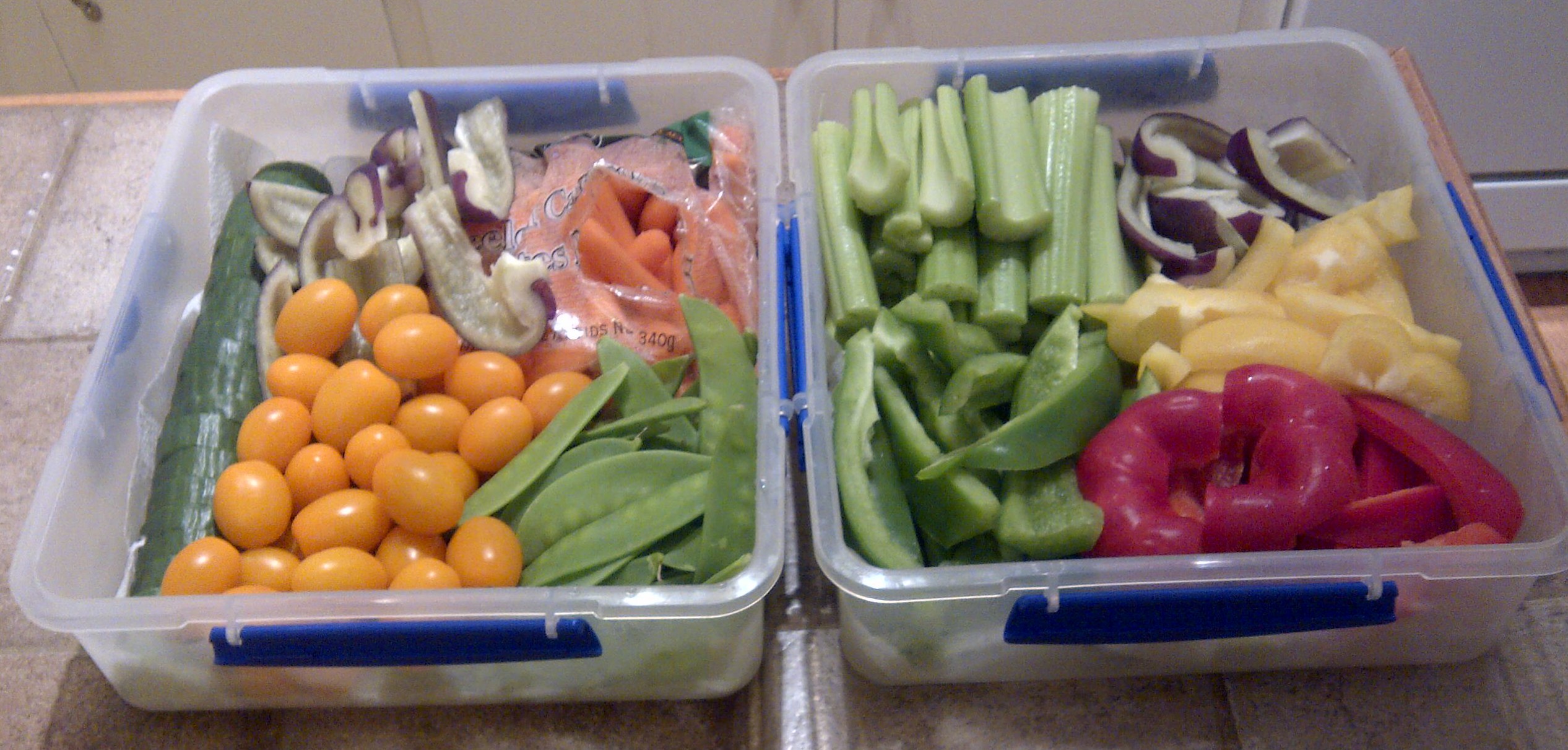
6. It can go to WASTE, or it can go to WAIST.
People have a hard time throwing out food. For many, it comes from our parents encouraging us to “clear our plates” and not waste food when we were youngsters. Sometimes, this “waste not” mentality causes us to eat when we’re not even hungry, or to ignore our body’s internal signals that hint when we are becoming satisfied, before we reach totally full or stuffed.
However, think about this – every time you overeat or totally finish every last bite on your plate because you feel like you should, it goes to a different waste ground – your waist (and other body parts that store fat).
I encourage you to discard any broken mindset that no longer serves you in a positive way.
Maybe as a child, eating everything on your plate got you out of trouble or avoided a scolding from your parents, or maybe even earned you the right to have dessert. But as an adult who is free to make your own decisions about food, I ask you this… how does not letting food go to waste serve you today? Does it mean you weigh more than you’re happy about? Does it mean that you eat until you feel uncomfortable? Does it mean that you’re carrying more fat around your midsection and internal organs, putting you at risk for chronic disease?
There’s always a consequence to wasting food. Ideally, we’d serve ourselves the perfect portion every time, minimizing the environmental impact of wasted food, and the health impact of over-eating. But we’re not always good judges (especially if our eyes are making the decision on a very hungry and empty stomach), so show yourself some self-compassion, listen to your body, and stop whenever you feel satisfied and like you’ve had enough, not when all of the food is gone.
7. Make it a 10/10 choice on the enjoyment scale.
For me, the holidays are about having a few of my favourite treats, shared with the people I love. Having some of my mom’s delicious stuffing with our turkey dinner or a slice of warm apple pie with whipped cream for dessert, yes please! Enjoying a couple of shortbread cookies with a cup of tea with my grandma, absolutely. Eating some brie cheese, grapes, crackers, nuts, and other nibblies (on a plate) at a friend’s New Year’s Eve party with a glass of wine, of course!
Drinking a cup of eggnog, eating a phyllo pastry, or having a piece of coconut cream pie, nope, not one of those things appeals to me and it’s easy to take a pass on anything that’s less than a 10 out of 10 on your own personal enjoyment scale. I’m very adamant about taking a non-dieting approach towards healthy eating, and believe that all foods can fit, so long as you’re consistently preparing home cooked meals and snacks with wholesome, unprocessed foods 80-90% of the time. So, that last 10-15% that’s a little off-track, it’s nothing to stress about or feel guilty over, because practicing consistently positive healthy eating and exercise habits more than makes up for the few times you simply want to eat specific foods because they taste enjoyable or are part of a memorable social experience.
Lastly, in situations where I start eating an appetizer or dessert and realize that it’s not as good as my eyes predicted and it is not in alignment with my long-term healthy eating goals, I simply tuck it away into a napkin or leave it on my plate, and make my peace that it’s ok that I don’t have to finish everything that I started.
8. Reflect on your most important values.
Finally, to master the holiday season and avoid a major backslide, take a moment to reflect on your most important values. What is most important to you, and who do you want to be? Maybe you value living a healthy lifestyle, and enjoy being viewed as someone who consistently makes positive food and exercise choices and who acts as a role model for others. Take a moment to visualize how you want to socialize at a holiday party to stay true to the person you see yourself as, and suddenly, eating and drinking until you are absolutely stuffed doesn’t seem so appealing or in alignment with the real you.
Maybe you also value a close and loving relationship with your family and friends. Take a moment to picture how holiday foods fit into this picture. It is important to you that you eat the food your loved ones have prepared? Are there other ways to bond with your family and friends and share a connection that do not involve food? Maybe you can initiate some non-food holiday traditions, such as watching Christmas movies together, completing a giant puzzle, going for a walk to see the Christmas lights, skating at a local rink, or playing board games as a family. Try to pick some bonding activities that don’t just involve sitting around and eating, and suddenly, the holidays become less stressful and more about what matters, which is achieving your outcome of spending quality time with the people you love.
Wishing you health & happiness,
♡ Jen
Jennifer Broxterman, MSc, RD
Registered Dietitian
NutritionRx: happy, healthy living with our team of Registered Dietitians
Prosper Nutrition Coaching: a world-class nutrition coaching certification
+
+
+
Want to work with a NutritionRx Registered Dietitian?
Learn more here: Nutrition Packages & Rates
+
+
+
Want to become a Certified Nutrition Coach?
Learn more about our habits-based Prosper Nutrition Certification

